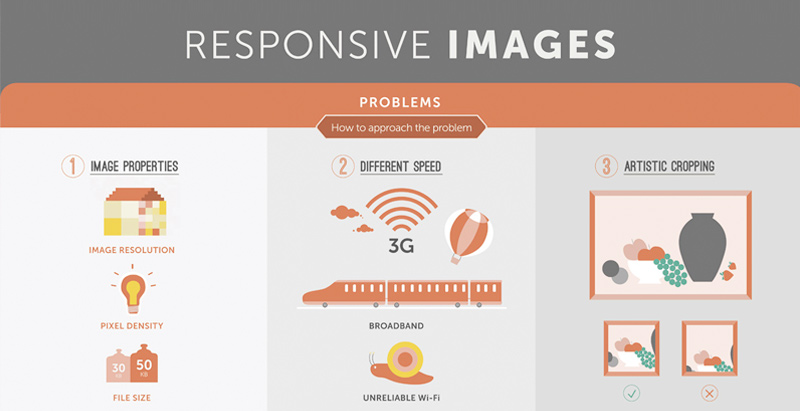Interested In Learning How Web Site Design Has Progressed Throughout The Years? Check Out The Trip From Straightforward Designs To User-Centered Techniques
Interested In Learning How Web Site Design Has Progressed Throughout The Years? Check Out The Trip From Straightforward Designs To User-Centered Techniques
Blog Article
Produced By-Booker Hyldgaard
In the past, sites were straightforward and focused on details. Navigating was straight, and design was for desktops. Now, individual experience is key. Information guides styles for easy navigation. Receptive formats suit various devices. Today, dark mode lowers pressure, and minimal food selections boost navigating. Interactive functions engage users, and vibrant visuals stand out. AI assimilation improves interaction. See just how layout has actually progressed to enhance your online journey.
Early Days of Web Design
In the early days of web design, simplicity preponderated. Internet sites were basic, with minimal shades, font styles, and formats. The emphasis was on supplying info as opposed to fancy visuals. Individuals accessed the web through sluggish dial-up links, so speed and functionality were key.
look at these guys were straightforward, typically situated at the top or side of the web page. Internet sites were designed for home computer, as mobile surfing wasn't yet common. Web content was king, and designers focused on simple readability over complex design components.
Read the Full Posting was the primary coding language made use of, and designers needed to function within its restraints. Computer animations and interactive functions were very little contrasted to today's standards. Sites were static, with little dynamic web content or tailored individual experiences.
Surge of User-Focused Design
With the evolution of web site design, a change towards user-focused style principles has ended up being progressively noticeable. Today, producing internet sites that prioritize customer experience is critical for involving visitors and accomplishing organization goals. User-focused design involves recognizing the needs, choices, and behaviors of your target audience to tailor the site's design, web content, and features accordingly.
Designers now carry out thorough research, such as user studies and usability screening, to gather insights and responses straight from individuals. This data-driven technique assists in producing instinctive navigation, clear calls-to-action, and aesthetically enticing interfaces that resonate with site visitors. By positioning the user at the facility of the design process, web sites can provide a more customized and satisfying experience.
Receptive style has likewise become an essential facet of user-focused layout, making sure that sites are enhanced for different tools and screen sizes. This adaptability boosts availability and use, catering to the varied ways individuals communicate with sites today. Basically, the surge of user-focused design symbolizes a change towards developing digital experiences that prioritize the demands and expectations of completion user.
Modern Trends in Web Design
Discover the current patterns shaping web design today. One popular trend is dark setting style, supplying a streamlined and contemporary look while minimizing eye stress in low-light atmospheres. Another key trend is minimalist navigation, streamlining food selections and improving user experience by concentrating on essential elements. Incorporating micro-interactions, such as animated buttons or scrolling effects, can develop a more interesting and interactive site. Responsive design stays vital, making sure seamless user experiences across various devices. Furthermore, making use of bold typography and unbalanced formats can include aesthetic passion and draw attention to certain web content.
Integrating AI technology, like chatbots for customer support or tailored suggestions, enhances customer interaction and enhances processes. Accessibility has also become a significant pattern, with designers focusing on comprehensive design techniques to satisfy diverse user requirements. Accepting sustainability by enhancing internet site efficiency for rate and performance is another arising trend in web design. Working together with customer comments and information analytics to repeat and improve layout continuously is vital for staying pertinent in the ever-evolving digital landscape. By embracing these modern-day patterns, you can produce an aesthetically attractive, easy to use internet site that reverberates with your target market.
Conclusion
As you reflect on the advancement of website design from the very early days to now, you can see how user-focused layout has actually come to be the driving pressure behind contemporary patterns.
Welcome the journey of change and adjustment in website design, always maintaining the user experience at the center.
Stay present with the most up to date patterns and innovations, and never ever stop evolving your method to develop aesthetically spectacular and straightforward web sites.
Advance, adjust, and produce - the future of web design is in your hands.
